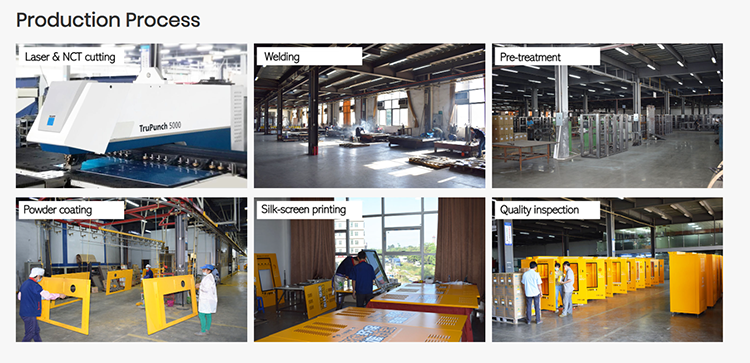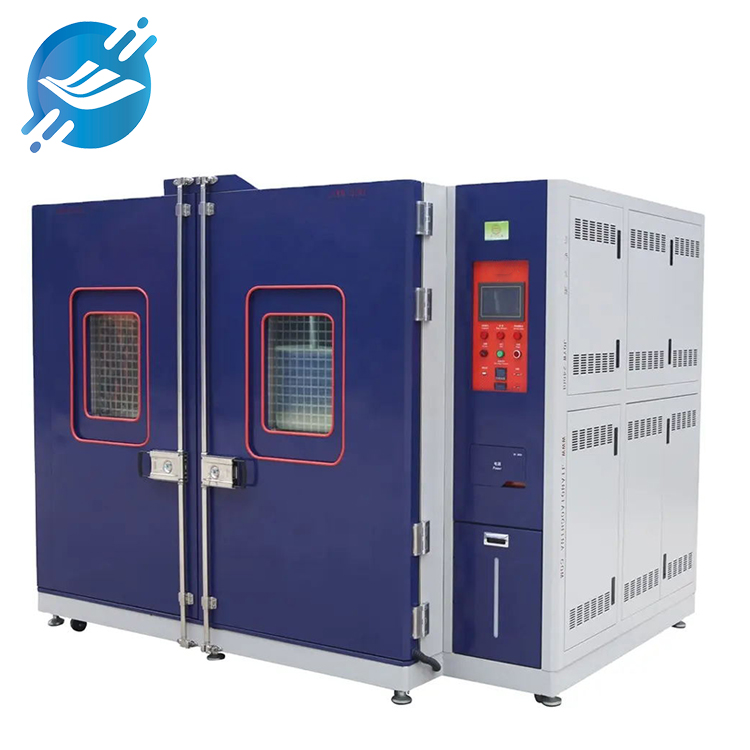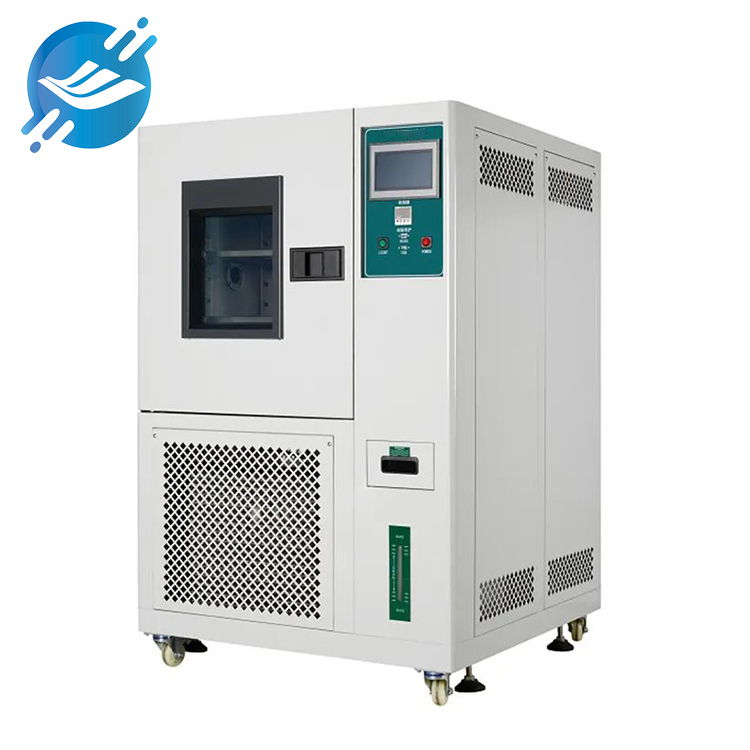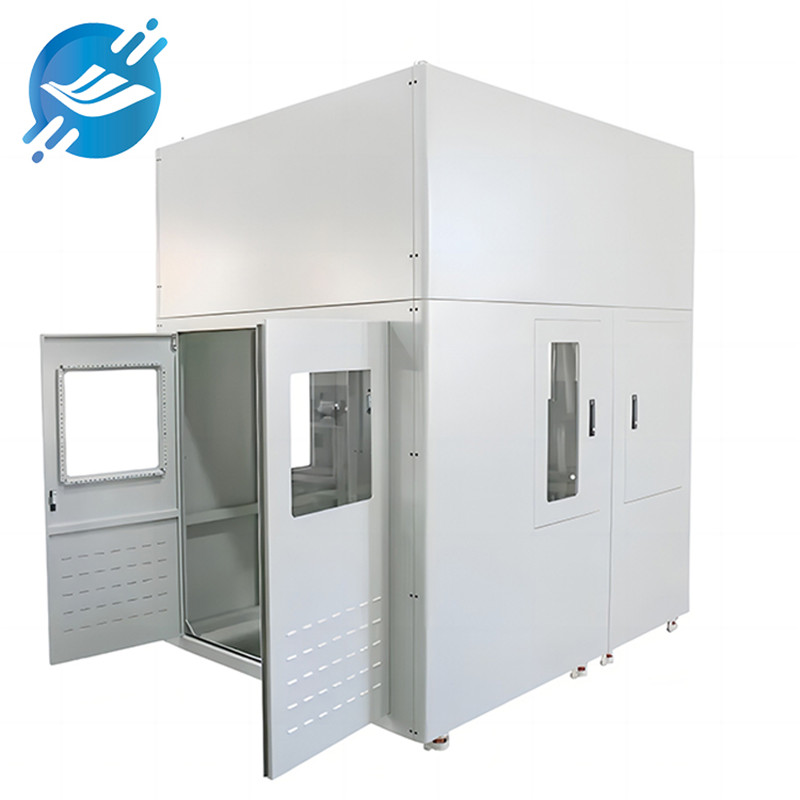Sheet metal chassis is a chassis that uses a comprehensive cold processing process for metal sheets (generally below 6mm) to cool and form. Processing techniques include shearing, punching, cutting, compounding, folding, welding, riveting, splicing, forming (such as automobile body), etc. Its distinctive feature is that the thickness of the same part is consistent. As the application of sheet metal becomes more and more widespread, the design of sheet metal parts has become a very important part of the industrial development of products.

Sheet metal chassis is a common structural component in electronic equipment, used to protect internal electronic components and connecting lines. Sheet metal chassis processing requires the use of professional equipment and tools. Here are some commonly used sheet metal chassis processing equipment and tools.
1.CNC punch machine:
CNC punch machine is one of the most commonly used equipment in sheet metal processing. It can perform precise punching, cutting and other operations on sheet metal according to pre-programmed drawings. CNC punch machines have the characteristics of high efficiency and high precision, and are suitable for mass production.

2.Laser cutting machine:
Laser cutting machine uses high-energy laser beam to cut sheet metal, which can achieve complex shapes and high-precision cutting requirements. Laser cutting machines have the advantages of fast speed, small heat-affected zone, and high precision, and are suitable for cutting various materials.
3.Bending machine:
A bending machine is a device that bends sheet metal plates. It can process flat sheet metal plates into bent parts of various angles and shapes. Bending machines can be divided into manual bending machines and CNC bending machines. Choose the appropriate equipment according to the processing needs.
When the material bends, the outer layers in the rounded corners are stretched and the inner layers are compressed. When the thickness of the material is constant, the smaller the inner r, the more severe the tension and compression of the material; when the tensile stress of the outer fillet exceeds the ultimate strength of the material, cracks and breaks will occur. Therefore, the structure of the curved part Design, excessively small bending fillet radii should be avoided.
4.Welding equipment:
Welding is required during the processing of sheet metal chassis. Commonly used welding equipment include arc welding machines, gas shielded welding machines, laser welding machines, etc. The selection of welding equipment should be determined based on material properties, welding requirements and process characteristics.

Welding methods mainly include arc welding, electroslag welding, gas welding, plasma arc welding, fusion welding, pressure welding, and brazing. Sheet metal product welding mainly includes arc welding and gas welding.
Arc welding has the advantages of flexibility, maneuverability, wide applicability, and can be used for welding in all positions; the equipment used is simple, durable, and has low maintenance costs. However, the labor intensity is high and the quality is not stable enough, which depends on the level of the operator. It is suitable for welding carbon steel, low alloy steel, stainless steel and non-ferrous alloys such as copper and aluminum above 3mm. The temperature and properties of the gas welding flame can be adjusted. The heat source of arc welding is wider than the heat affected zone. The heat is not as concentrated as the arc. The productivity is low. It is suitable for thin walls. Welding of structures and small parts, weldable steel, cast iron, aluminum, copper and its alloys, carbide, etc.
5.Surface treatment equipment:
After the sheet metal chassis is processed, surface treatment is required to improve the corrosion resistance and aesthetics of the product. Commonly used surface treatment equipment includes sandblasting machines, shot blasting machines, spray paint booths, etc. The selection of surface treatment equipment should be determined based on product requirements and process characteristics.

6.Measuring tools:
Accurate dimensional measurements are required during the processing of sheet metal chassis. Commonly used measuring tools include vernier calipers, micrometers, height gauges, etc. The selection of measuring tools should be determined based on processing accuracy requirements and measurement range.
7.Molds:
Various molds are required during the processing of sheet metal chassis, such as punching dies, bending dies, stretching dies, etc. The choice of mold should be determined based on the product shape and size.
Sheet metal chassis processing requires the use of a variety of equipment and tools. Choosing appropriate equipment and tools according to different processing requirements can improve processing efficiency and product quality. At the same time, operators also need to have certain knowledge and skills in sheet metal processing to ensure the safety and smoothness of the processing process.
Post time: Jan-11-2024





